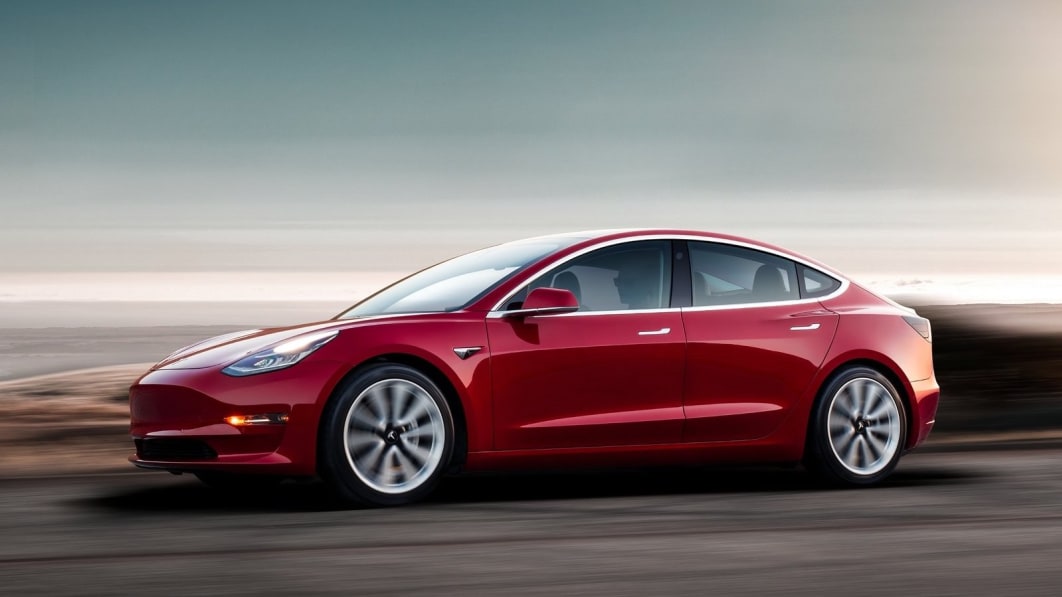Tesla began selling the Model S, its first mass-produced model, in 2012. Over the past decade, the company has gathered a great deal of data to learn how its products age, and it revealed that the average lithium-ion battery loses over 10% of its capacity after 200,000 miles.
Customer concerns about the long-term longevity of a battery pack led Tesla to look into the matter, and it published the results in its annual impact report. According to its research, the battery that powers the Model S and the Model X loses 12% of its capacity after 200,000 miles. Put another way, if you buy a new Model X with a 348-mile rating, you’ll be able to drive for about 307 miles on a full charge by the time the odometer reaches the 200,000-mile mark. Tesla estimates that this is when the average vehicle in the United States gets scrapped.
Key information such as how many cars were sampled, the conditions they were driven in, and how they were charged wasn’t released.
The company backs up this claim by offering its customers a relatively generous warranty. The battery fitted to the Model S and the Model X is backed by an eight-year, 150,000-mile warranty, and it’s eligible for replacement if it loses more than 30% of its capacity. The rear-wheel-drive Model 3’s battery is covered for eight years or 100,000 miles, while other variants of the sedan and every version of the Model Y get an eight-year, 120,000-mile warranty. Used cars purchased directly from Tesla’s inventory receive the balance of this warranty.
One detail worth mentioning is that mileage isn’t the only factor affecting a battery’s performance. Tesla explained age comes into play as well. If you buy a 10-year-old Model S with 50,000 miles, it may not have the same range as a four-year-old car with 50,000 miles. And, the study only includes data pertaining to older battery chemistries, though specific details haven’t been released. Tesla hasn’t been able to evaluate the newer battery chemistries it uses, but it plans to release details once it has gathered enough data to tell how they age.
Related video:
